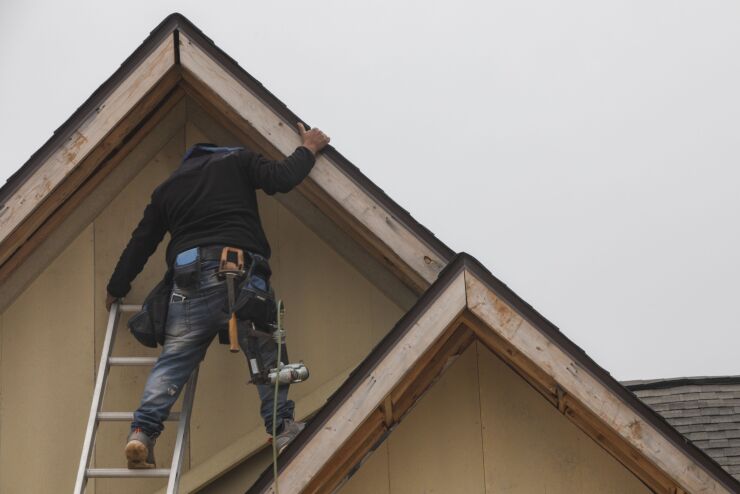CompScience's Intelligent Safety Platform, which uses a library of computer vision models to detect 50 plus behavioral and environmental hazards, has reduced worker's compensation claims by 23%, according to the company. CompScience will act as a managing general agent. Nationwide will underwrite, bind and service the workers' compensation policies. Swiss Re will provide data analytics and reinsurance.
"Nationwide looked at two years of actuarial data and saw that the technology shows promise. We found that the CompScience computer vision models, data science, and reporting tools could help potentially save lives and reduce costs," said John Lopes, SVP of Nationwide Product Expansion, in a

Josh Butler, founder and CEO, CompScience, spoke to Digital Insurance about the technology and the partnership.
"The story really goes back to the self-driving car industry," says Butler about founding CompScience four years ago. He was working as the head of product for an autonomous driving EV company when his father in law had an accident on a construction site. "It made me ask, 'Could we use some of the same technology from the self-driving car industry that allows cars to understand the context of other vehicles and pedestrians and people around it to keep everyone safe?'"
Initially, CompScience focused on building core software that "tracks people, their postures, the work they're doing, as well as all the hazards around them," Butler adds. "It then can create benchmarks that help an underwriter, CFO or head of operations understand the level of risk that is present in the operation before you have to wait for the accidents and injuries to happen."
Butler says Swiss Re and Nationwide have been scouting for technologies to transform property and casualty insurance.
"We don't track individuals, there's no facial recognition," Butler says. "I think this is one thing that distinguishes us from
Butler says the technology is not a productivity app and that they're purely looking for
"When there are unsafe acts or hazards in the workplace you can't blame the worker because they're not trying to get hurt, let's be real," says Butler. "They're not doing things to try to get hurt, they're compelled to do things by some system, process, productivity goal or something like that. If you focus on engineering those risks out of the environment then that's the only true way to systematically reduce the number of accidents and injuries."
CompScience is accepting submissions in 10 states and will continue to roll out the program nationwide this year. The software is available globally and the company does provide coverage in more states through partnerships with other carriers.
"Our mission is to prevent 10 million workplace injuries in the next 15 years," says Butler.
He adds that the company hopes to expand globally and influence working conditions around the world.
Sebastien Bert, head of strategic partnerships U.S., Reinsurance Solutions, Swiss Re said in a statement: "We're delighted to be part of a project that helps make workplaces safer and reduces the financial cost of insurance protection. Our predictive risk models enable benchmarking against the market, monitor portfolio trends, and allow CompScience to quantify the value of its risk mitigating technology."






